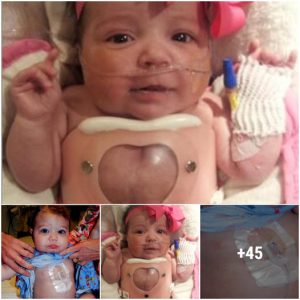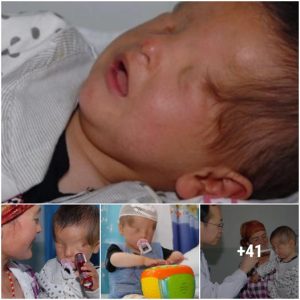Pregnancy is a transformative journey for any woman, but carrying twins brings its own unique set of experiences and challenges. Understanding what to expect week by week can help prospective parents prepare for the remarkable adventure ahead. Here’s a comprehensive look at twin pregnancy from conception to delivery.
/https://cms-prod.s3-sgn09.fptcloud.com/sinh_doi_cung_trung_va_nhung_dieu_me_nen_biet1_4c3b70f5be.jpg)
First Trimester (Weeks 1-12)
Weeks 1-4: In the first few weeks, the process of fertilization and implantation occurs. For twin pregnancies, this could mean either two eggs being fertilized (fraternal twins) or one egg splitting into two embryos (identical twins). Early signs of pregnancy such as fatigue, nausea, and breast tenderness are common.
Weeks 5-8: By week 5, many women begin to notice more pronounced symptoms of pregnancy. Morning sickness might be more severe due to higher levels of hormones. An ultrasound around week 6 can confirm a twin pregnancy, showing two gestational sacs or two embryos.
Weeks 9-12: The risk of miscarriage decreases as the first trimester progresses. Regular prenatal visits will monitor the growth and development of the twins. By the end of week 12, the babies are about the size of a plum, and their major organs are developing.
Second Trimester (Weeks 13-26)
Weeks 13-16: The second trimester often brings relief from early pregnancy symptoms. This period is marked by rapid growth, and the babies’ movements might be felt earlier than in a singleton pregnancy. Anomaly scans are typically performed around week 16 to check for developmental issues.
Weeks 17-20: This is a critical growth period for the twins. Expect to gain more weight and experience changes in your body. The anatomy scan at around 20 weeks is crucial for assessing the health and development of each baby. Gender can often be determined at this stage.
Weeks 21-24: Your belly will grow significantly as the babies continue to develop. Regular prenatal appointments are essential to monitor for conditions like gestational diabetes or preeclampsia, which are more common in twin pregnancies. By week 24, the babies’ lungs are developing, preparing for life outside the womb.
Weeks 25-26: This period marks the beginning of the viability stage, where the babies could potentially survive if born prematurely. However, the goal is to continue the pregnancy as close to term as possible. Frequent rest and proper hydration become increasingly important.
Third Trimester (Weeks 27-40)
Weeks 27-30: The third trimester brings more pronounced physical discomforts due to the growing size of the babies. Back pain, swelling, and difficulty sleeping are common. Regular monitoring and ultrasounds ensure the babies are growing at a healthy rate.
Weeks 31-34: Braxton Hicks contractions may become more frequent as the body prepares for labor. The babies will be positioning themselves for birth, typically moving into a head-down position. Hospital tours and birthing classes can help you prepare for delivery.
Weeks 35-37: Most twin pregnancies are delivered between 37 and 38 weeks to reduce the risk of complications. Discussions with your healthcare provider about delivery options, whether vaginal or cesarean, will become more frequent. The babies are considered full-term by week 37.
Weeks 38-40: If your pregnancy continues beyond 38 weeks, you will be closely monitored for any signs of distress in the babies or yourself. Induction of labor or a scheduled cesarean section might be planned. The anticipation of meeting your twins becomes a focal point as you approach the end of your pregnancy journey.
Conclusion
A twin pregnancy is a unique and rewarding experience, albeit with additional challenges and considerations. Regular prenatal care, a healthy lifestyle, and being well-informed can help manage the complexities of carrying twins. Each week brings you closer to welcoming two new lives into the world, making the journey all the more special.





